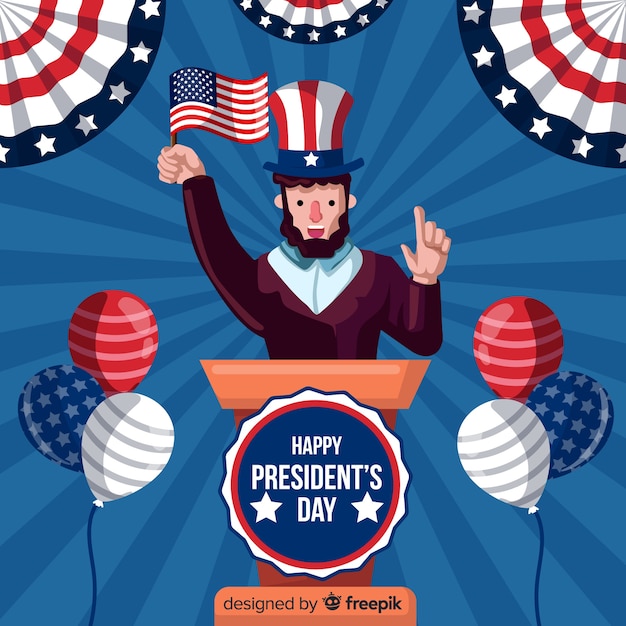Interesting Facts About Millard Fillmore

Did you know that Millard Fillmore was the 13th President of the United States?
Fillmore was the last Whig Party member to serve as President.
He was born on January 7, 1800, in a log cabin in New York.
Fillmore was the second President to assume office following the death of his predecessor, Zachary Taylor.
Despite his humble beginnings, Fillmore became a successful lawyer before entering politics.
Fillmore’s wife, Abigail Fillmore, was the first First Lady to hold a job after marriage, as a teacher.
As President, Fillmore signed the Compromise of 1850, which played a significant role in defusing tensions over slavery.
He was known for his dedication to education and believed in expanding the national library system.
Fillmore was the first President to have a stepmother.
He established the White House library during his presidency, contributing to the overall intellectual environment of the nation.
Fillmore had a reputation for being well-dressed, which earned him the nickname Know-Nothing President.
He installed the first bathtub and central heating system in the White House.
Fillmore actively promoted trade with Asia and sent Commodore Matthew C. Perry on his mission to open Japan to foreign trade.
He was the last President not to be nominated for a second term by his party.
Fillmore presided over the inauguration of the first official paper railroad timetable in the United States.
Interesting Facts About Millard Fillmore part 2
He was the first President to use the telegraph for his State of the Union Address.
Fillmore’s administration established the U.S. Department of the Interior.
He was the first President to install a bathtub with running water in the White House.
Fillmore is the only President to have filled a certain gap in the law, serving as the acting Vice President until a new one was elected.
He served as New York State Comptroller before becoming President.
Fillmore supported the Women’s Rights movement and appointed more women to federal positions than any previous President.
He was the last President to have been neither a Democrat nor a Republican.
As President, Fillmore aimed to reduce government spending and lower the national debt.
He played a significant role in establishing the University at Buffalo (now part of the State University of New York) in his home city.
Fillmore was an avid reader and collector of books, eventually amassing a personal library of over 4,000 volumes.
He helped to create the Library of Congress during his presidency.
Fillmore supported the construction of a transcontinental railroad and signed the Pacific Railroad Act of 1853 into law.
He was the first President to visit California while in office.
Fillmore’s administration negotiated the treaty with Mexico, known as the Gadsden Purchase, which added territory to the United States.
He was the first President born after the Declaration of Independence was signed.
Fillmore was the first President to appoint a foreign-born Cabinet member.
He strongly believed in the importance of public education and advocated for free public schools for all children.
Fillmore was the first President to marry in the White House.
He is often credited with raising the status of the Vice Presidency by actively involving his Vice President, Millard Fillmore, in his administration’s decision-making.
Fillmore was the last President to have been neither a lawyer nor a military officer before entering office.
He was a skilled orator and used his rhetorical skills to advocate for the Compromise of 1850.
Fillmore’s presidency saw the first recorded use of the presidential veto override by Congress.
He established the Smithsonian Institution’s National Museum of Natural History.
Fillmore was the first President to have a stepfather.
During his presidency, the United States saw an influx of immigrants, leading to an increase in diversity and cultural exchange.
Fillmore signed the Fugitive Slave Act, which required citizens to assist in the capture and return of escaped slaves, despite personal opposition.
He was the first President to introduce the traditional 21-gun salute for the President of the United States.
Fillmore’s presidency saw the first successful use of the telegraph to transmit information quickly across the country.
He actively promoted American agriculture and supported the establishment of agricultural colleges.
Fillmore was the last President to have been born before the United States Constitution was ratified.